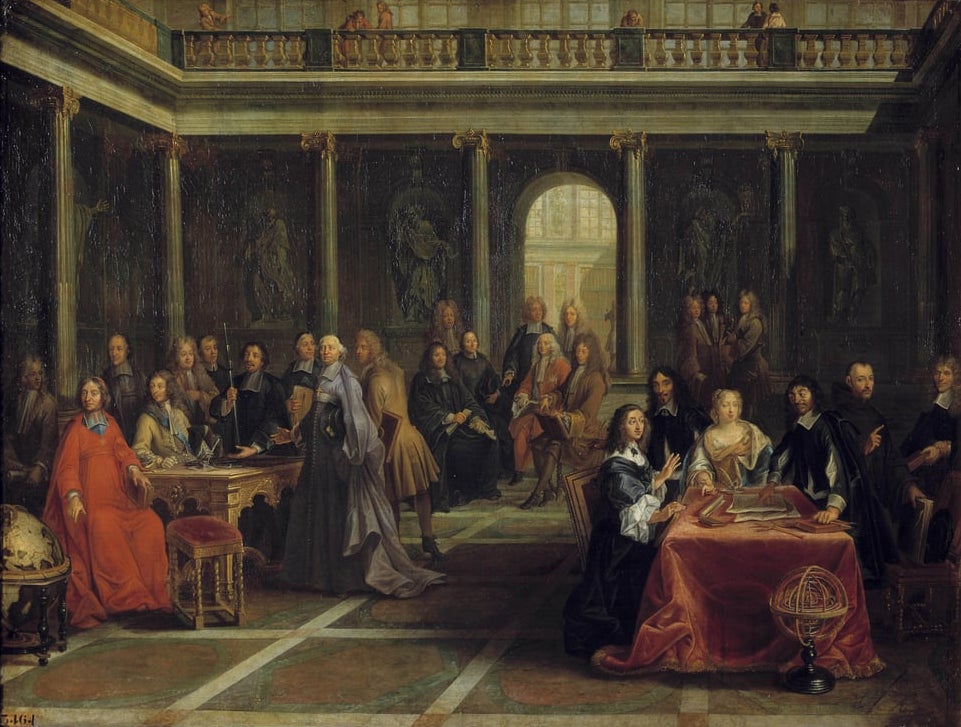


The history of Sweden begins in the 8th century with the emergence of written records, marking the start of the Viking Age. During this period, the Swedes (Varangians) focused primarily eastward, engaging in trade with the Slavic peoples of Russia and undertaking expeditions to Constantinople and Baghdad.
Sweden unified as a kingdom in the 10th century, later than its neighbors Denmark and Norway, and converted to Christianity during the reign of Olof Skötkonung. The conquest of Finland began in the 12th century. In 1397, Sweden joined Denmark and Norway in the Kalmar Union but repeatedly attempted to break away during the 15th century. This effort culminated in Gustav Vasa dissolving the Union in 1520, paving the way for the modern Kingdom of Sweden, which soon adopted Protestantism as its state religion.
Sweden reached its territorial zenith in the early 17th century under the reigns of Gustav II Adolf, who led the country into the Thirty Years' War, and Queen Christina. This era, known as the Swedish Empire, included Sweden, Finland, and territories along the Baltic Sea.
The 18th century marked a period of decline, with Sweden losing all its conquests, including Finland in 1809. However, it entered a personal union with Norway from 1814 to 1905.
In the second half of the 19th century, Sweden underwent rapid industrialization and became a parliamentary monarchy under the French-origin Bernadotte dynasty. The country maintained neutrality during both world wars, joined the United Nations in 1946, and became a member of the European Union in 1995.
